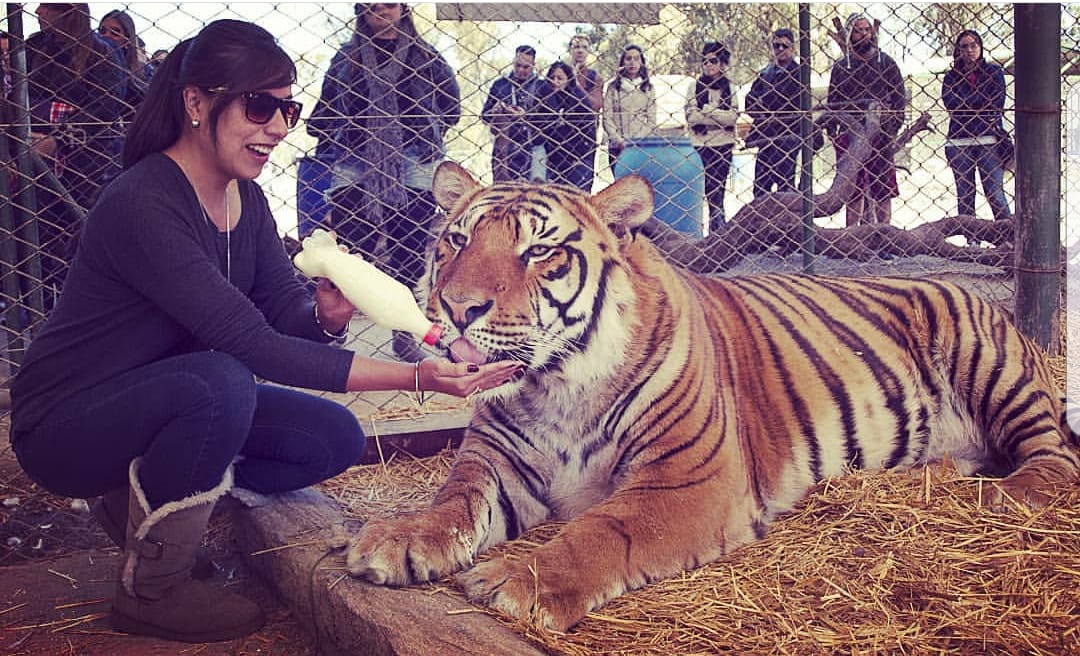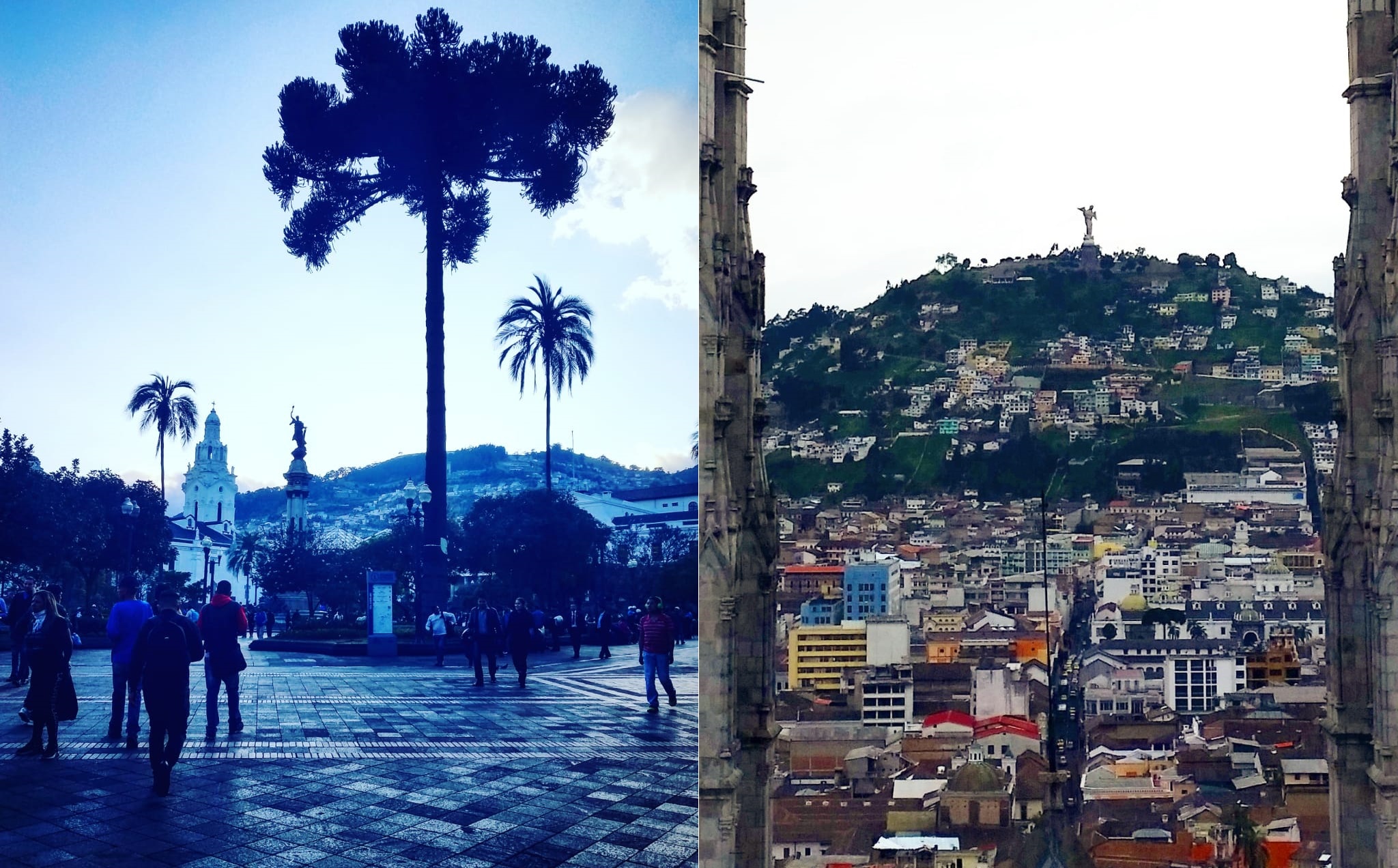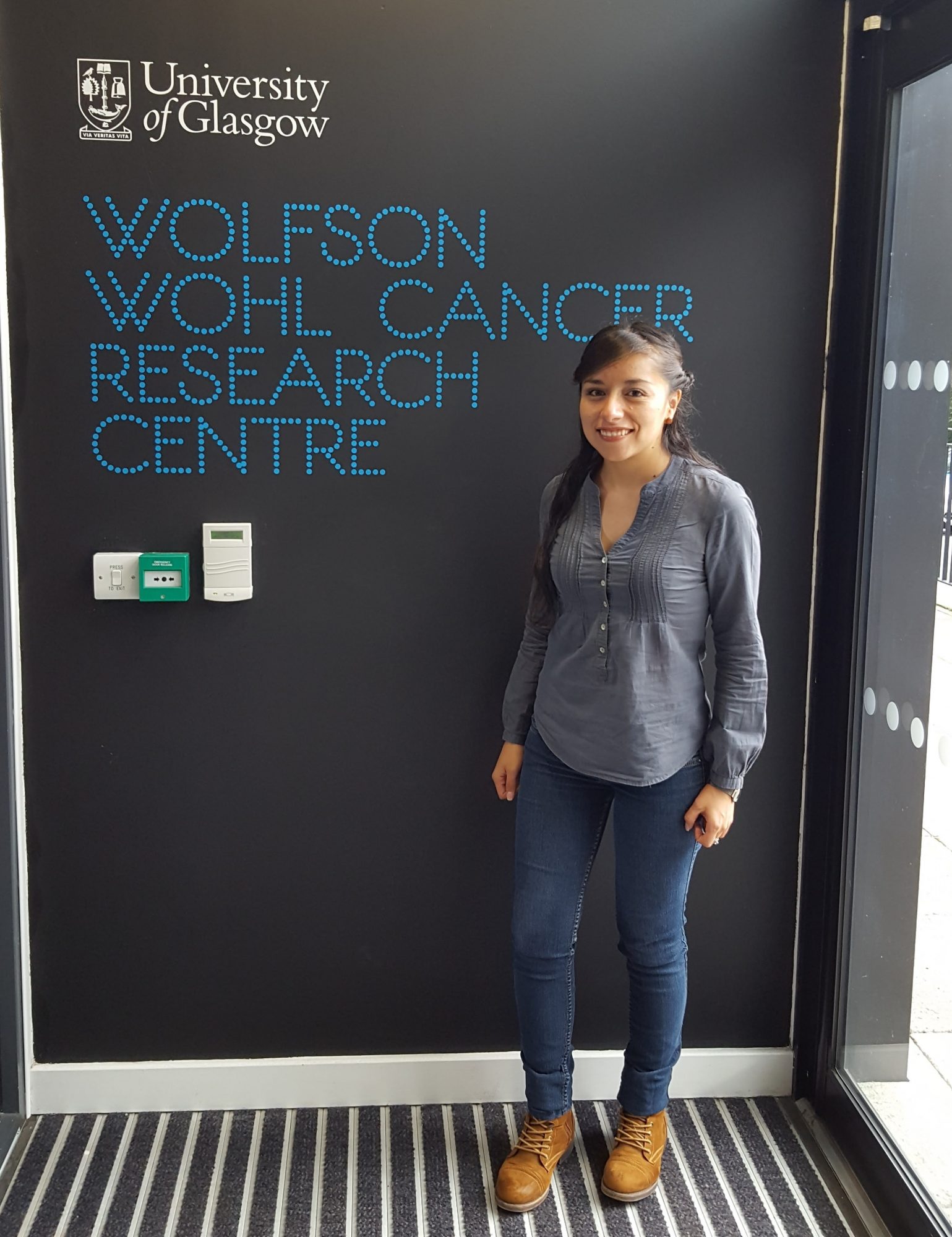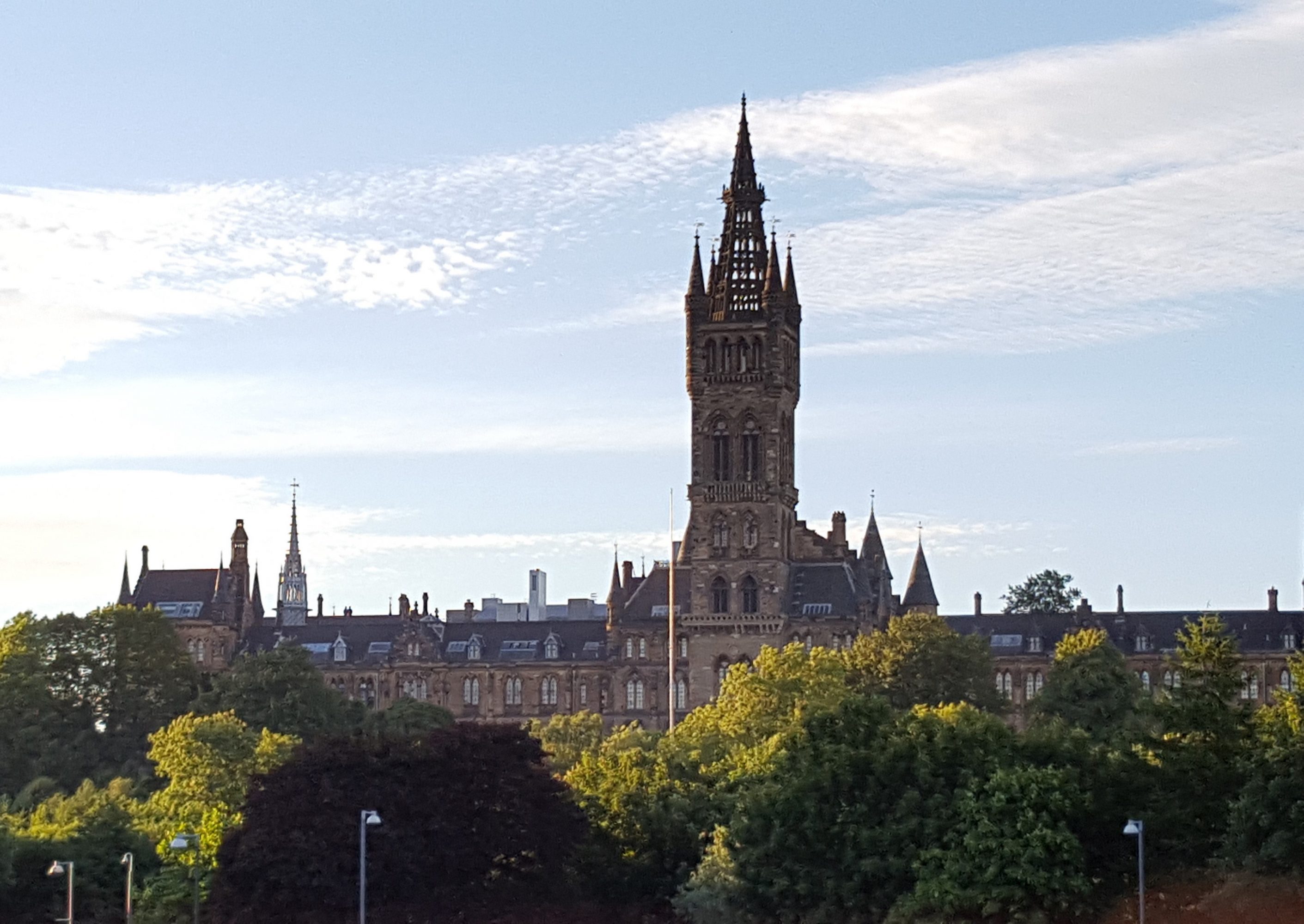Read this blog in:
Pulling together the pieces of bacterial adhesion in Frankfurt
Without a doubt, life has interesting ups and downs, but what makes life a nice adventure are all those moments which take your breath away and make you realise how alive you are… These are part of the chapters of my life and how I ended in this new adventure called “pulling together the pieces of bacterial adhesion”, I hope you enjoy reading it.

Lujan Zoo, Buenos Aires – Argentina
My name is Diana Vaca, I am Ecuadorian, for those who are wondering… Ecuador is a country located in South America, full of natural resources, amazing environments and hospitable people. I grew up in Quito, a city surrounded by the Andean Mountains and strategically located in the middle of the world. Since my childhood, I was always interested in science, questioning the reason for natural events and wondering why it was so difficult to find a cure for diseases. I remember I used to think that scientists were just looking in the wrong direction and this was preventing them from finding a plausible cure.

City center, Quito – Ecuador
Granted by Vanessa Acosta
Getting to know the scientific field
For my bachelor, I became part of one of the first generations of Biotechnologists, a not well known scientific field in my country; therefore, explaining to my family what I will be doing after obtaining my degree was one of my first challenges. For my bachelor thesis, I focused my research on the identification of Human Papilloma Virus (HPV) types circulating in women diagnosed with cancer. This was an important topic at that time because the Ministry of Health of Ecuador was deciding if the HPV vaccine should be included in the national immunization programme. In this period, I met a colleague that, seven years later would become my partner in all adventures, my husband.

Wolfson Wohl Cancer Research Centre, Glasgow – United Kingdom
After gaining experience working in research projects in Ecuador, I applied for an Ecuadorian scholarship in order to continue with my studies abroad. I chose a Master in Biomedical Science at the University of Glasgow in the United Kingdom.

University of Glasgow, United Kingdom
That period was full of challenges, since understanding “Glaswegian” (a dialect used for common life in Glasgow) to accomplishing the intensive and ambitious curriculum proposed for the programme. During this period, I performed two research projects, one focusing on Epstein Barr virus (responsible for certain forms of lymphoma) and the other on the application of CRISPR-Cas technology for DNA repair (a trendy genome editing technology). This period was indisputably an enriched experience full of knowledge.
The more I got into the deeper study of infectious diseases, the more I realised about the complexity of the biological process happening behind infection and the importance of understanding them to propose solutions. So taking back my first thoughts, scientists do have a hard job assembling all the pieces before they can find a cure for diseases!!!
Science as a way of life
Communities of scientists join their efforts trying to unravel the processes behind infection and identifying the best targeting point for diagnosis and treatment. Following this interest, I found ViBrANT, an innovative training network funded by a European Union Program. ViBrANT aims to understand how infectious agents adhere to human cells and the use of this information to propose strategies for diagnosis and treatment. I was accepted to be part of the 15 PhD. students that will contribute to the ViBrANT objectives, and this is how I became part of this exciting project.

Schematic representation of Bartonella henselae adhesins and interaction with a human cell.
Adapted from: Hymes and Klaenhammer, 2016
My project is carried out at the Microbiology Institute in the Goethe University of Frankfurt. The focus of my research is Bartonella henselae, a world spread bacterium transmitted to humans by fleas (vectors) or by direct contact with infected cats. In healthy patients, the infection produces inflammation of lymphatic nodes (organs that form part of the immune system); in these cases, the disease is overcome by the patient´s immune system after some months. The critical cases are related with immunodeficient patients where the bacterial infection can lead to life-threatening consequences. Previous studies in this field described the presence of proteins located in the bacterial external structure. These proteins are in charge of “sticking” the bacteria to the host cell, an important step for detonating the infection process.
In my project, we are trying to describe in detail how and where these bacterial proteins are attached, which cellular proteins are used as a bridge for the process and which are the critical points triggering the connection.
By describing the steps for bacterial adhesion, we expect to generate information that can be used as tools for diagnostic, vaccination and treatment.
Know your enemy and yourself, and you shall win a hundred battles without loss
– Sun Tzu
The PhD life started in September, with a little hurry and run to get the travel documents in order, but with the expectation and commitment to start a new chapter that I am willing to enjoy. My husband and I have been in Germany for two months now, starting all over again but with the satisfaction of achieving our dreams.



